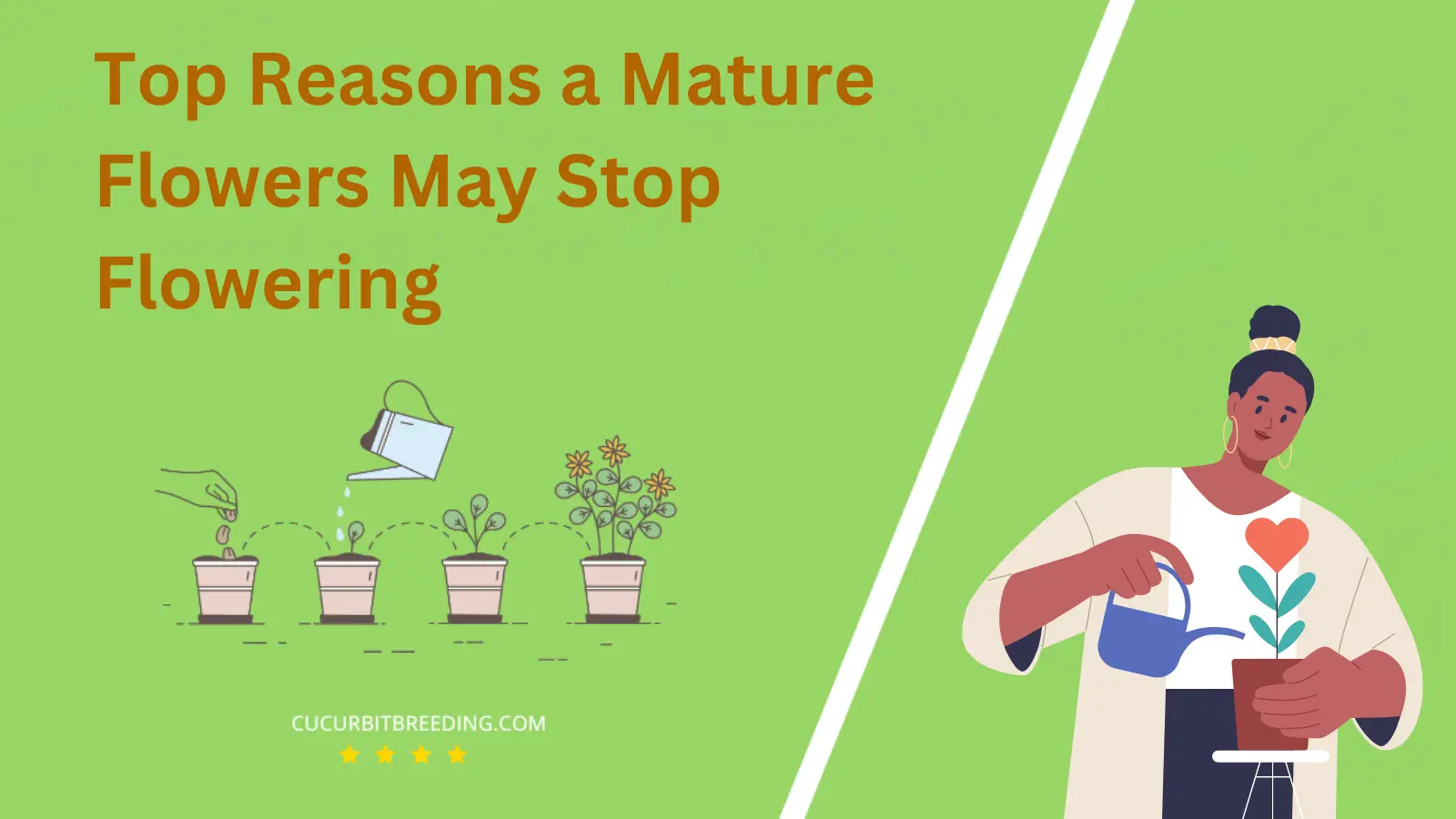
Ever wondered, when do the flowers bloom? It’s a query that has fascinated botanists and nature lovers alike. Flowers, with their vibrant colors and intoxicating scents, are the epitome of natural beauty.
Understanding their blooming cycle can deepen our appreciation for these floral wonders, and help us better care for our own home gardens. Join us as we delve into the captivating world of flowering plants and their cycles.
When Do The Flowers Bloom?
Flowers bloom at different times depending on the species and the geographical location. Spring is generally the most common season for flowers to bloom. However, some flowers, such as chrysanthemums, bloom in the fall, while others, like the winter jasmine, bloom in the winter. Some species like roses, can bloom multiple times throughout the year in the right conditions.
| Stage | Description |
|---|---|
| Germination | Spring (March to May) |
| Growth | Spring (March, April, May) |
| Blooming | Spring (March to May) |
| Dormancy | (December – February) |
How Long Do The Flowers Bloom?
The blooming period of flowers varies significantly depending on the type of flower. Annuals, like marigolds and petunias, can bloom for several months, from spring until the first frost. Perennials usually bloom for a shorter period, typically for a few weeks in either the spring, summer, or fall. Some perennials, called reblooming or repeat bloomers, can bloom more than once in a season. However, specific bloom times can vary based on the plant’s growing conditions and care.
How Light Affects The Flowers Blooms?
Light significantly influences the blooming of flowers. Photoperiodism, the response of plants to light and dark periods, is a crucial factor in determining when flowers bloom. Plants can be categorized as short-day, long-day, or day-neutral based on their photoperiodism.
Short-day plants bloom when the daylight period is less than a certain length, typically in late summer, fall, or winter. On the other hand, long-day plants bloom when the daylight period exceeds a certain length, usually in late spring and summer. Day-neutral plants have a flowering process that is unaffected by the length of the light-dark cycle.
In addition to the length of light exposure, the intensity and quality of light also affect flower blooming. Intense light may promote blooming in some species, while the spectral composition of light can also influence flowering. For instance, red and far-red light can impact the flowering time through the photoreceptor phytochrome.
Will the Flowers Bloom in the First Year You Plant Them?
Whether flowers bloom in the first year you plant them largely depends on the type of flower. Annuals and biennials typically bloom in their first year. However, perennials may take one or more years to bloom. Therefore, it’s essential to consider the specific flower species and its growth habits when planting.
Will The Flowers Bloom Every Year?
Yes, flowers can bloom every year if they are perennial flowers. Perennial flowers are types of flowers that live for more than two years. They have the capability to bloom and flower over the spring and summer, die back every autumn and winter, and then return in the spring from their rootstock, rather than seeding themselves as an annual plant does. However, the blooming of flowers every year also depends on the proper care, suitable climate, and right growing conditions.

Should I Deadhead The Flowers Blooms?
Yes, you should deadhead the flower blooms. Deadheading is the process of removing dead or wilted flowers from plants. This is done to encourage the plant to focus its energy on producing more blooms instead of seed production. Additionally, deadheading also helps to maintain a tidy appearance, prevents disease, and promotes the overall health of the plant.
Top Reasons a Mature Flowers May Stop Flowering

There are several reasons a mature flower may stop flowering. The most common reason is insufficient light. Flowers require a certain amount of sunlight each day for photosynthesis. If a plant isn’t getting enough light, it may stop blooming.
Another major reason is improper watering. Both overwatering and underwatering can stress the plant and disrupt its blooming cycle. It is crucial to maintain a consistent watering schedule that meets the specific needs of your plant variety.
Nutrient deficiencies can also cause a flower to stop blooming. Plants require a balance of certain nutrients, like nitrogen, phosphorus, and potassium, to grow and bloom. If your plant is lacking any of these, it may stop flowering.
Lastly, temperature and weather conditions can greatly affect a plant’s ability to bloom. Extreme temperatures, either hot or cold, can stress the plant and halt its blooming process. Similarly, harsh weather conditions like storms or heavy winds can damage the plant and stop it from flowering.